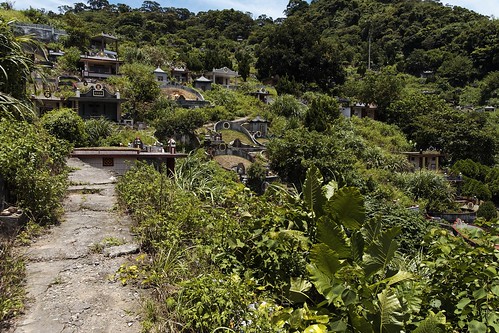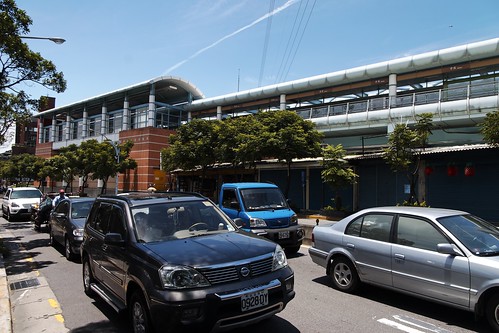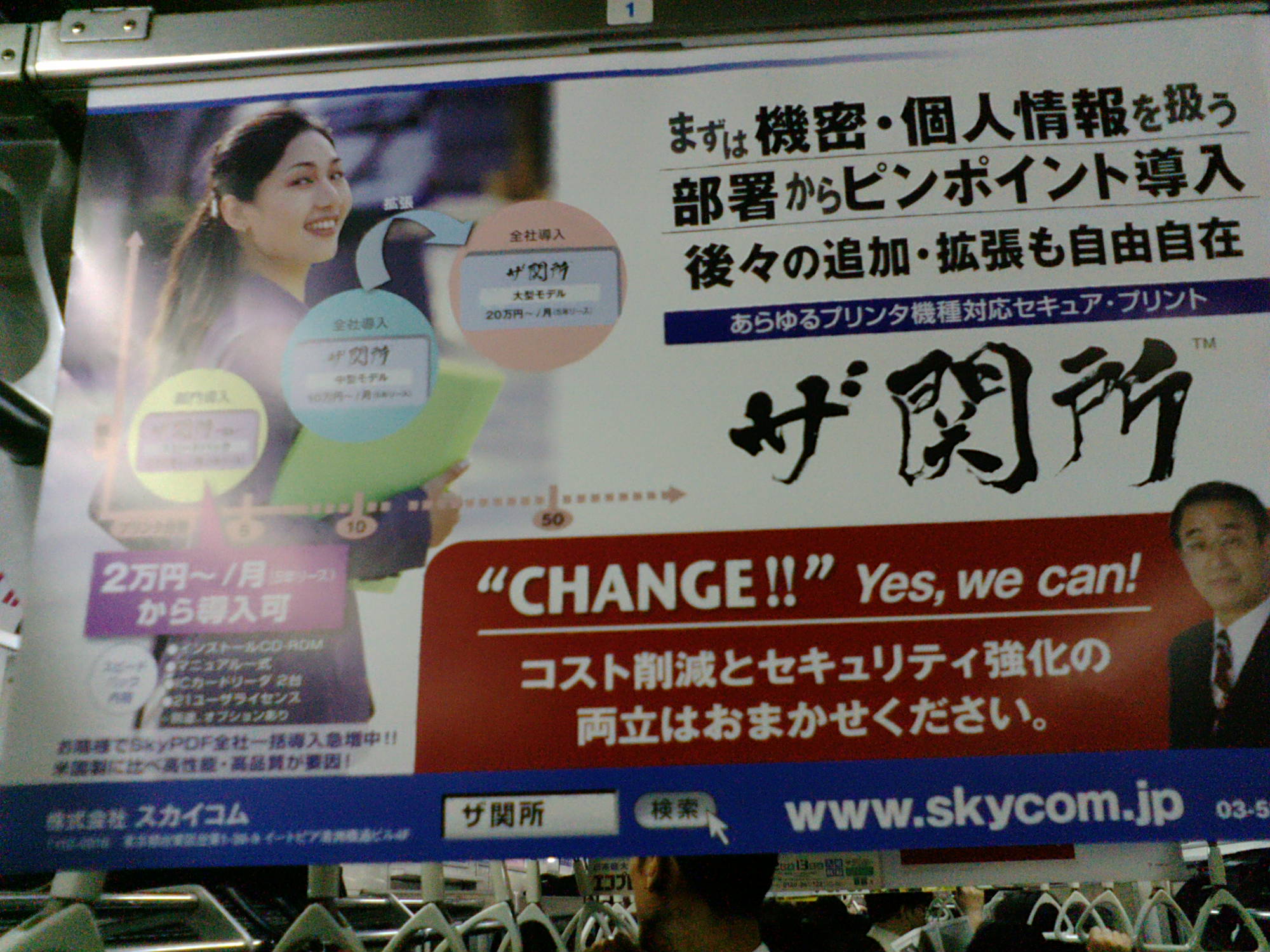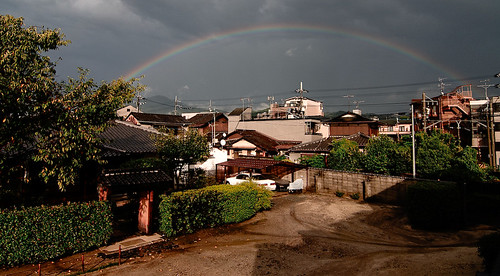The Homi public housing development (“Danchi” in Japanese) in the Homigaoka area of Toyota City, in Aichi Prefecture, is now home to a large population of Brazilian immigrants. They mainly came to the area to work at Toyota and related manufacturing jobs, but are now often the first to lose those jobs due to the worsening recession. The Homi Danchi (population over 11,000) is decades old and was originally inhabited entirely (or almost entirely) by Japanese, but due to its affordable prices and location now has a majority of Brazilians, and the stores in the area reflect that ethnic shift.
Tensions between the Japanese and Brazilian residents of the Danchi over such issues as garbage disposal and communication difficulties have existed as long as Brazilians have been moving into the city residential complex, but have worsened as the Brazilians have become the majority. Japanese residents, who are now largely elderly and single residents or single-mother families, often complain that the non-Japanese speaking Brazilian newcomers have not assimilated as well as they had hoped, and do not follow the rules that had been set by the “Community Board” (自治会) long before their arrival. Although there are around 400 vacancies in the Homi Danchi, the Japanese Community Board and the city have an agreement to only allow 40 units to be newly rented out each year so that new residents have time to acclimate, but the Brazilians claim that this quote is a form of ethnic discrimination. This has become particularly contentious as newly out of work Brazilians in the area are in need of cheaper housing. On top of this, Brazilians who can no longer even afford the low rent of the Danchi are moving out and leaving behind huge amounts of trash, particularly bulk trash which clutters the hallways and public areas. To attempt to resolve these issues, and to negotiate with the Danchi Community Board and the Toyota City government, the Brazilians organized their own Japan-style Community Association (保見ヶ丘ブラジル人協会) in January of this year.
Some more information, in Japanese and slightly out of date, can be found at this web site.
I was taken to visit the Homi Danchi by a friend who had an appointment there on March 1 during my first visit to the Nagoya region. We stayed for a few hours, and the introduction above is based on what my friend, those present at the Brazilian Community Association meeting, and other residents told me.
Photos can be viewed in either this Flash slideshow, or in flat HTML/JPEG below. All photos were taken with Canon 50D camera using 17-85 EF-S IS lens.
Continue reading Brazilian community in the Homi Danchi, Toyota City

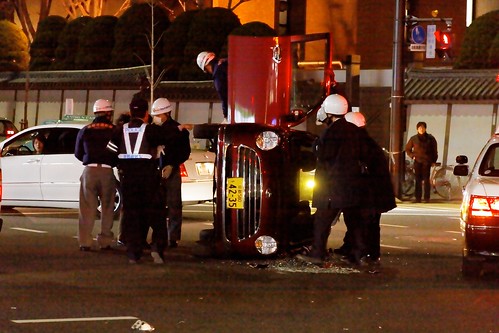
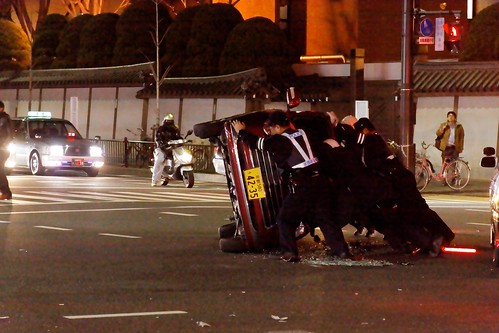
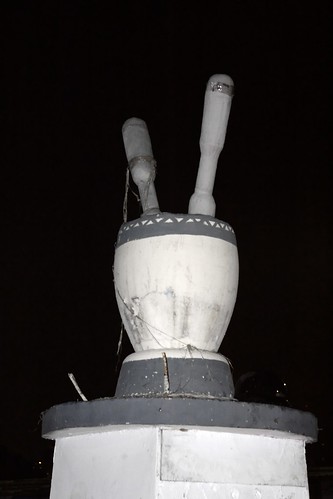 Any guesses? One hint only: it is several meters tall.
Any guesses? One hint only: it is several meters tall. 